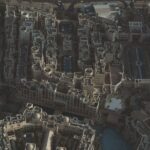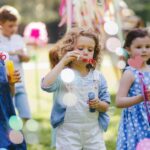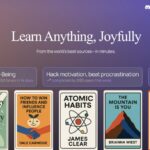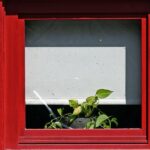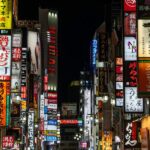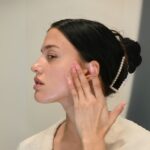By: Lulu Landscape
Weijing (Lulu) Wang is a cross-cultural landscape architecture designer, visual designer, and environmental artist. With experience across China, Europe, and the United States, she has contributed to projects at Snøhetta in Oslo, Norway, PLACE Studio in Portland, Oregon, and Zhu Yufan Landscape Atelier at Tsinghua University, Beijing. Weijing has participated in projects ranging from large-scale opera houses and community gardens to installation art. Highlighted contributions include The Royal Diriyah Opera House, Columbia Memorial Hospital, “The Ship has Passed” art installation at Chongqing Garden Expo, and “The Work Our Beautiful Broken World” in the Eco Vision Plan exhibition in CAFA Beijing. She has also been part of award-winning designs such as Alang Revival, showcasing her artistic approach to landscape architecture with a strong cultural and sustainability focus.
Weijing embarked on her design journey by traveling and learning to connect with the site, having received education across three continents. She advocates for the idea that every site has something to tell, and as designers, it is important to listen to the locals with a humble mind. Coming from a background in urban design at Tianjin University and one year of territorial landscape studies in Bordeaux, France, Weijing has participated in several “site-specific” investigations before developing design strategies. For her, design is often a process of collecting voices from the locals and the public and should aim to serve the users in a way that resonates with communal cultural identity. Weijing believes that successful landscape projects arise from a deep understanding and knowledge of the people who live and own the land, and they can invite them to engage and cultivate together.
Art has always been an important source of inspiration for Weijing’s design. During her work, study, and travel experiences in more than 20 countries around the world, she has been a collector and curator of visual identities. “Besides design, I am also a museum enthusiast, and I always try to learn the visual language of a place with my eye and hand and talk to people along the way.” With a pen and sketchbook in her pocket, her engagement with a huge spectrum of spaces and people has helped deepen her interest in the design and art world.
In her design practices, Weijing focuses on integrating cultural elements with sustainability. While working for The Royal Diriyah Opera House, she developed studies and designs that connect local planting culture with Najdi and Wadi-inspired sunken gardens, providing cooling spaces for outdoor thermal comfort and promoting the educational value of local flora and fauna. She then engaged deeply in seating edge, outdoor furniture, and paving design to explore cost-efficient strategies in material and fabrication without losing the form and texture that aim to better represent the local environment. In her golden-winning entry for the MUSE design award, Alang Revival, she explored two industries that are of great cultural and economic significance to the locals and envisioned an intersection between them. She began to look for potential solutions to the development dilemma in this region, where shipbreaking is a pillar industry, by proposing ideas without introducing complicated technologies. The project suggests combining cotton production and ship-breaking industries for a better, safer, and more sustainable workflow for the locals. The “feather islands” in her design are envisioned as multifunctional spaces, incorporating cotton farms and other industrial infrastructures to optimize the workflow of both industries.
Weijing continues to influence people with her creative and caring mind. While there is a growing demand for computer and digital-based tasks in the industry that bond designers to the screen and keyboard, she addresses this issue in her way by leading a “Design Lounge” at PLACE every other week to help her colleagues engage with pen and paper. “I want to create a room for designers to return to tangible materials and unleash creativity for themselves.” Weijing recognizes the challenge of maintaining authentic creativity and hands-on experiences in the industry, and she hopes to see more opportunities for replenishment through artistic works and storytelling. During the design lounge, she would come up with a theme, and a group of 10 to 30 would draw and make art together. The sessions were filled with shared experiences as people discussed their art – a therapeutic and inspiring way to start a workday. She hopes to expand the expressive art group further along her career with more designers and people from all walks of life.
“I believe in the power of storytelling and the creation of cultural identity, and design is a part of it where I want to contribute to the world with what I can do.” Weijing (Lulu) Wang’s work in landscape architecture and art has given her opportunities to impact urban spaces, communities, and individuals. Her endeavor as a practitioner in interdisciplinary design approaches and people-centered methodologies has positioned her uniquely in the field. She further wishes to bring out more stories and help people with creativity, which she believes is inherently present in everyone’s nature.
Published by Nicholas A.




